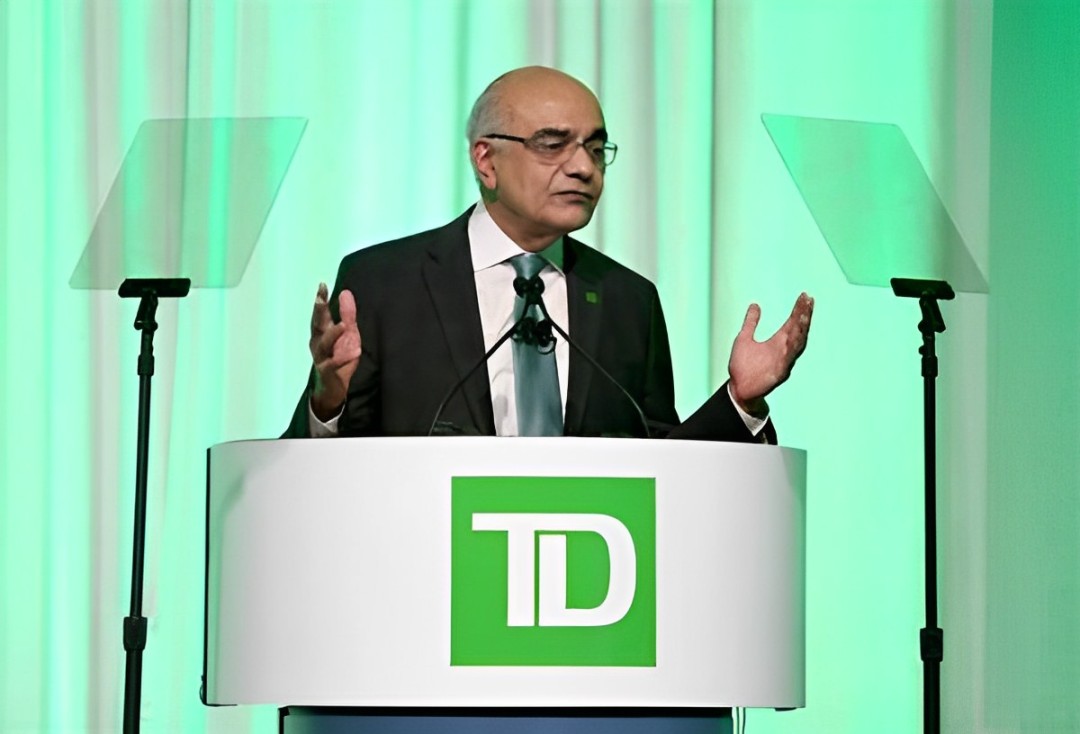When Alice Lin, an 81-year-old widow from Alhambra, Calif., lost her $720,000 life savings to a cryptocurrency scam, it shocked her community and raised critical questions about the role of financial institutions in safeguarding senior citizens. Despite red flags—including multiple large transactions and the availability of a joint account holder—the bank allowed the transfers to proceed without intervention.
Lin’s case became a rallying cry for stronger protections, such as California’s proposed Senate Bill 278, which would require banks to delay suspicious transactions over $5,000 and notify emergency contacts.
While the legislative focus on prevention grows, Cogent Law bank attorney Chris Van Dyck, Brunswick, Maine, offers practical advice to financial institutions on their role in combating these crimes.
How Banks Can Combat Elder Financial Exploitation
“As a former Bank Secrecy Act(BSA) officer and someone who has dealt with elder exploitation cases personally and professionally, this issue hits close to home,” Van Dyck shares. “At my financial institution, we took a very aggressive stance on preventing elder financial exploitation.” He emphasizes that proactive and personalized intervention can make a significant difference in safeguarding vulnerable customers.
“Politely Intrusive” Customer Communication: A Key to Fraud Prevention in Banks
Van Dyck advocates for what he terms a “politely intrusive” approach when handling potentially fraudulent transactions. “When an alert flagged a suspicious transaction, our team would call the senior customer directly and ask detailed questions about the transaction,” he explains. “We’d use straightforward language, even referring to it as a ‘scam’ if the situation warranted. Seniors understand that word, and it often prompts them to reconsider.”
Equally important is involving family members when possible. “In cases where a joint account holder was listed, we’d notify them immediately. This isn’t a privacy violation—it’s a necessary step to protect the account holder,” Van Dyck notes. He says that smaller community banks and credit unions, which often have closer relationships with their customers, are uniquely positioned to act decisively. “These institutions tend to view their clients as individuals rather than account numbers, which makes all the difference.”
The Dangers of Relying on Minimal Fraud Prevention Protocols
The Alice Lin case illustrates how following bare minimum protocols can fail to prevent exploitation. According to Van Dyck, simply asking if a transaction is recognized or approved is insufficient. “If an 81-year-old customer is wiring money for cryptocurrency—likely their first such transaction—that should raise an immediate red flag,” he says. “Banks need to conduct deeper due diligence, such as researching the recipient or asking additional questions to understand the customer’s motivation.”
Van Dyck stresses the importance of robust internal processes. “Every financial institution should ensure their anti-fraud systems are adequately staffed and resourced. BSA compliance is often seen as a loss leader, but its long-term benefits—including customer retention—are immeasurable,” he said.
Building Customer Trust for Proactive Fraud Prevention
Preventing bank fraud doesn’t start at the moment a transaction is flagged. Van Dyck believes in engaging customers early to establish trust and awareness. “Train frontline staff to recognize and respond to unusual patterns. Conversations with customers—even casual ones—can yield valuable insights into their financial activities and potential vulnerabilities,” he advises.
Banks can also educate customers on common banking scams. “We’re seeing scammers use social media and chat apps like WhatsApp to build relationships and ultimately exploit trust. Alerting seniors to these tactics is key,” he explains. Providing resources and updates about current scams can empower customers to spot and avoid fraud.
Balancing Prevention and Customer Freedom
One challenge banks face is balancing fraud prevention with customer autonomy. “It’s a delicate line,” Van Dyck acknowledges. “Seniors sometimes feel their independence is being questioned. Maintaining a respectful tone and clear intentions is crucial.” In some cases, customers may still proceed with risky transactions despite a bank’s efforts. “We’d file a suspicious activity report and notify adult protective services if warranted, but ultimately, the customer has the final say,” he said.
Banker Vigilance to Combat Elder Financial Exploitation
As scams targeting seniors become more sophisticated, financial institutions must adapt. Van Dyck’s experience underscores the need for vigilance, empathy, and proactive measures to protect vulnerable customers. “The payoff isn’t just in preventing losses,” he concludes. “It’s in building trust and ensuring that customers feel their bank truly has their back.”





















